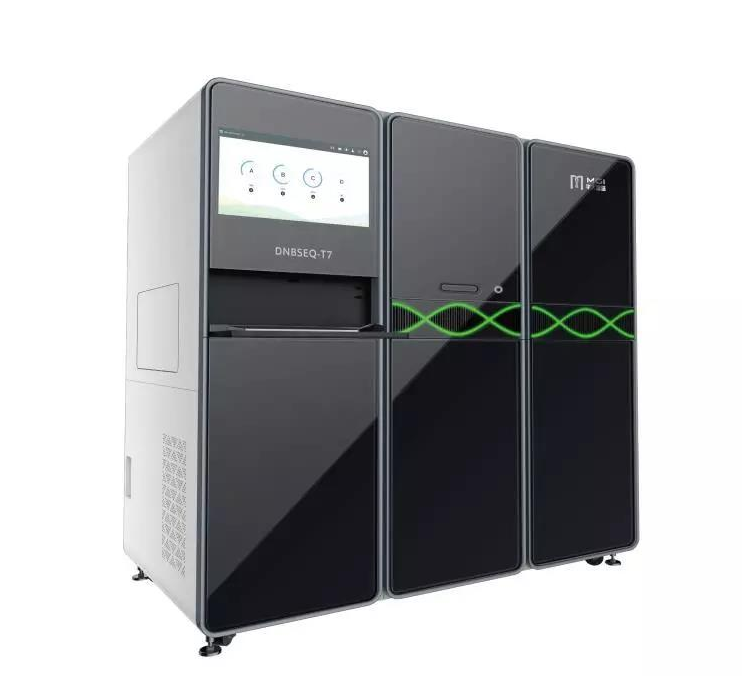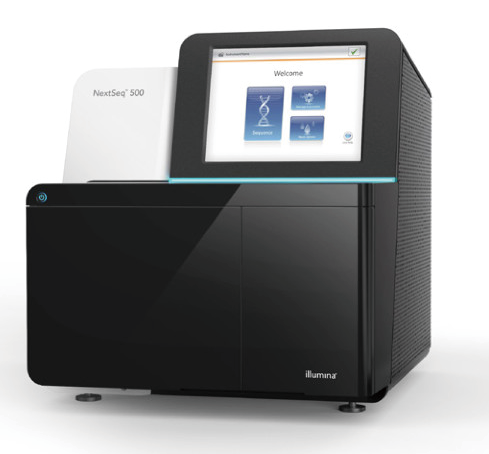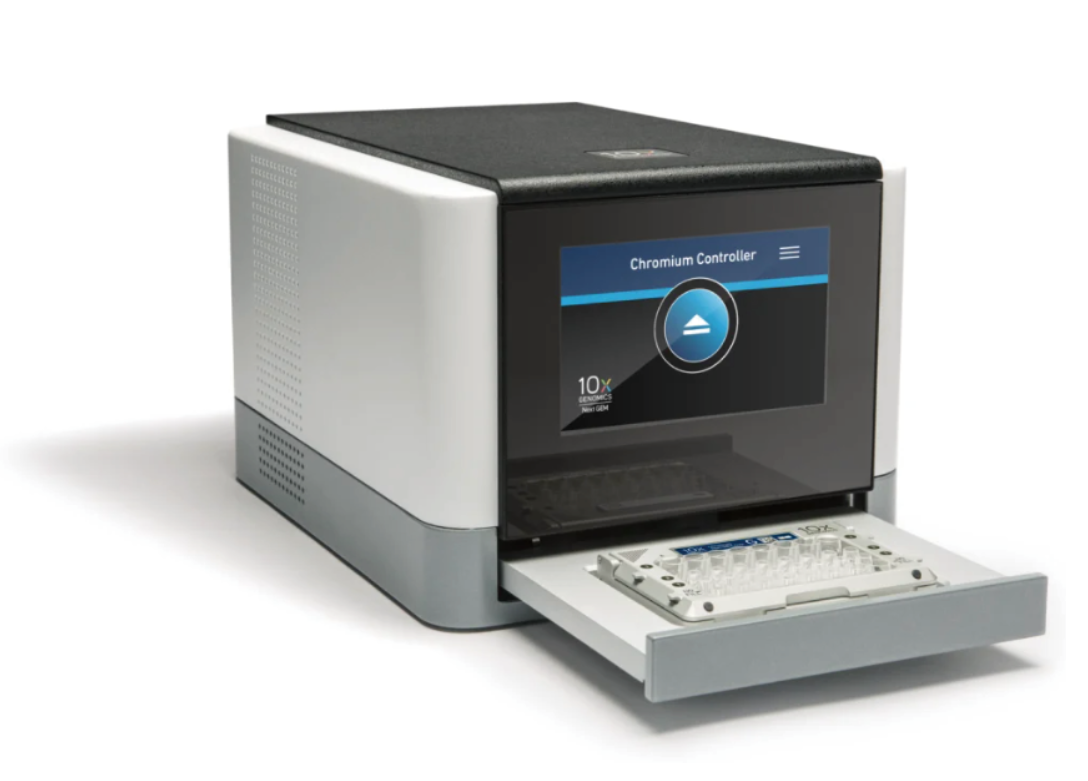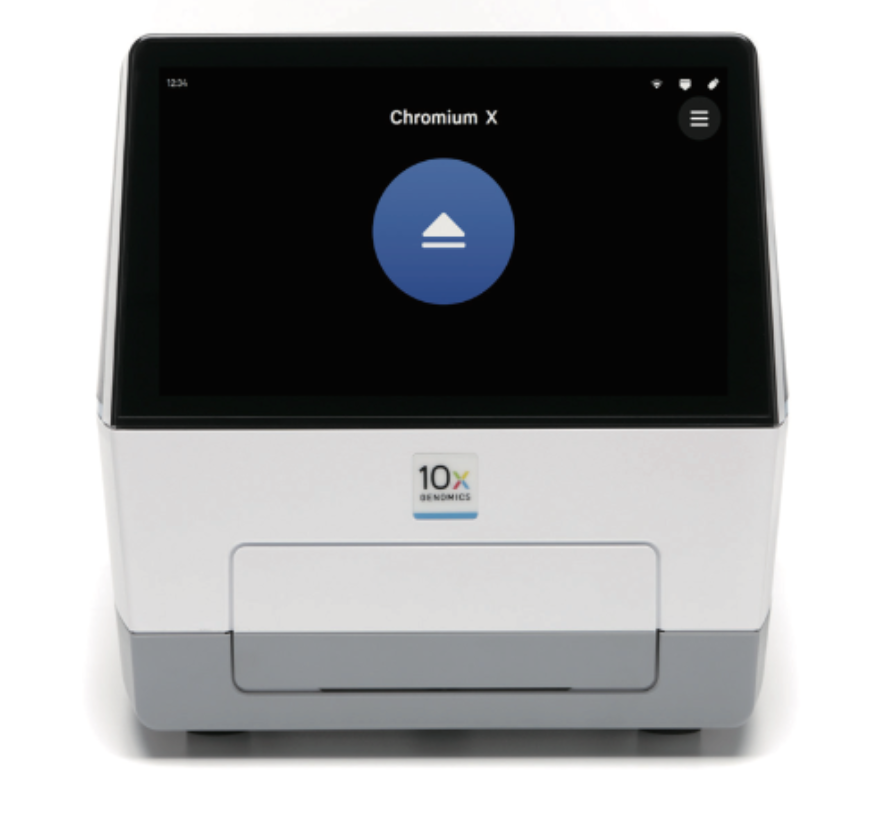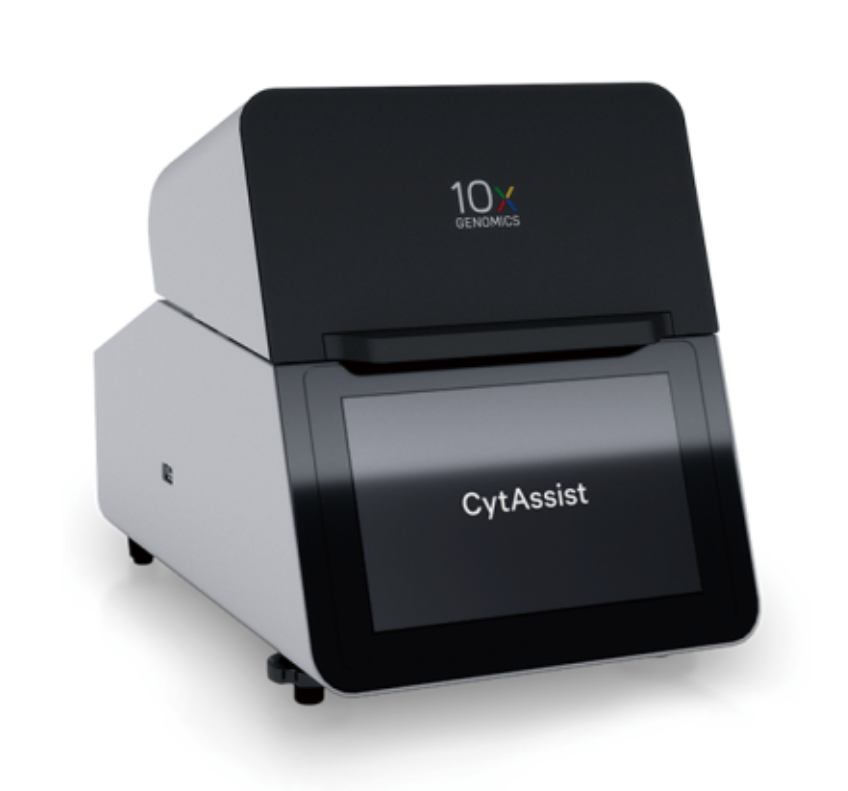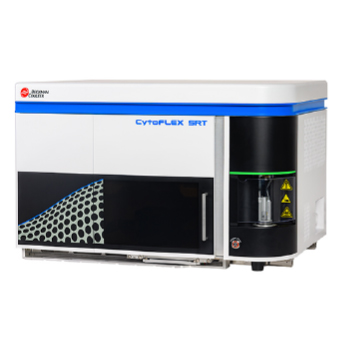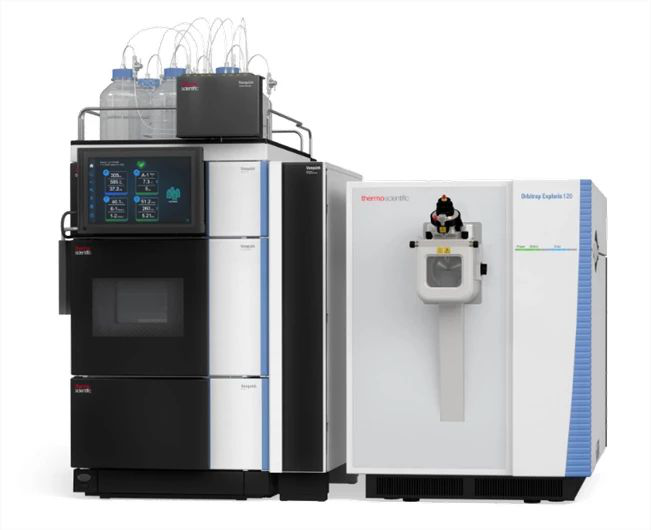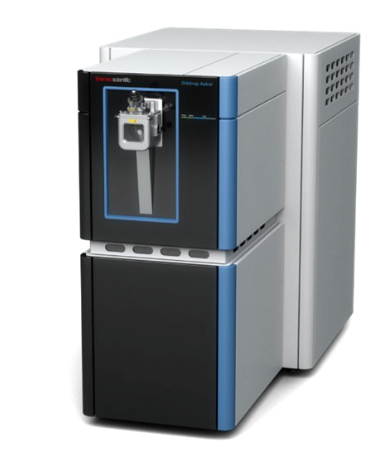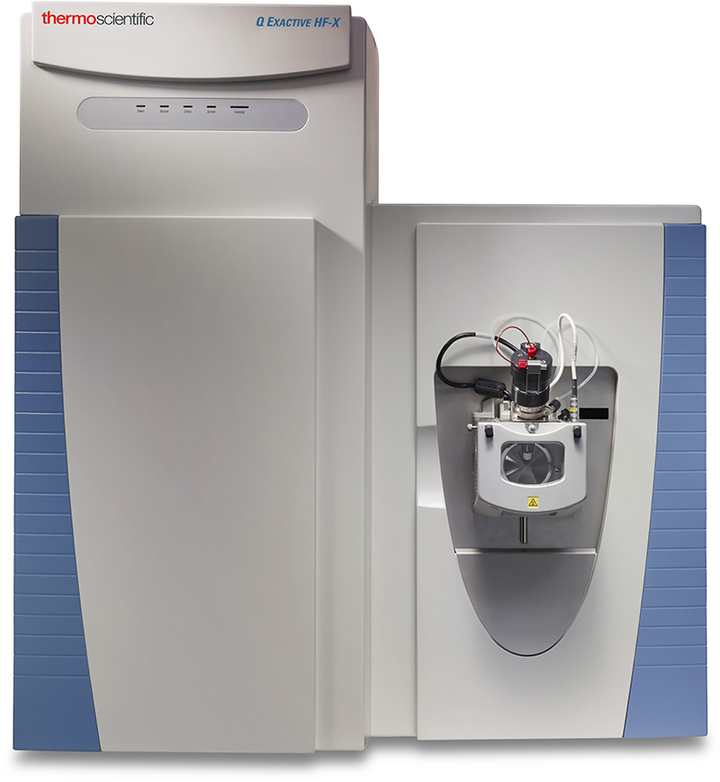Abstract
Background:
Pear (Pyrus spp.) is an economically important temperate fruit
tree worldwide. In the past decade, significant progress has been made
in pear molecular genetics based on DNA research, but the number of
molecular markers is still quite limited, which hardly satisfies the
increasing needs of geneticists and breeders.
Results:
In this study, a total of 156,396 simple sequence repeat (SSR)
loci were identified from a genome sequence of Pyrus bretschneideri
'Dangshansuli'. A total of 101,694 pairs of SSR primers were designed
from the SSR loci, and 80,415 of the SSR loci were successfully located
on 17 linkage groups (LGs). A total of 534 primer pairs were synthesized
and preliminarily screened in four pear cultivars, and of these, 332
primer pairs were selected as clear, stable, and polymorphic SSR
markers. Eighteen polymorphic SSR markers were randomly selected from
the 332 polymorphic SSR markers in order to perform a further analysis
of the genetic diversity among 44 pear cultivars. The 14 European pears
and their hybrid materials were clustered into one group (European pear
group); 29 Asian pear cultivars were clustered into one group (Asian
pear group); and the Zangli pear cultivar 'Deqinli' from Yunnan
Province, China, was grouped in an independent group, which suggested
that the cultivar 'Deqinli' is a distinct and valuable germplasm
resource. The population structure analysis partitioned the 44 cultivars
into two populations, Pop 1 and Pop 2. Pop 2 was further divided into
two subpopulations. Results from the population structure analysis were
generally consistent with the results from the UPGMA cluster analysis.
Conclusions:
The results of the present study showed that the use of
next-generating sequencing to develop SSR markers is fast and effective,
and the developed SSR markers can be utilized by researchers and
breeders for future pear improvement.
Text link:
https://pubmed.ncbi.nlm.nih.gov/29914361/




